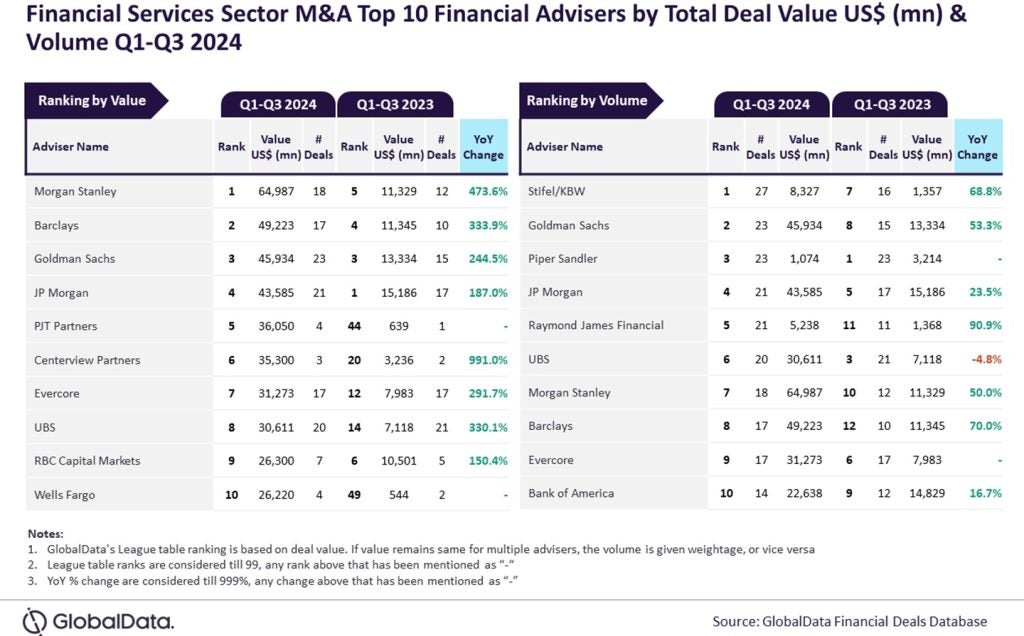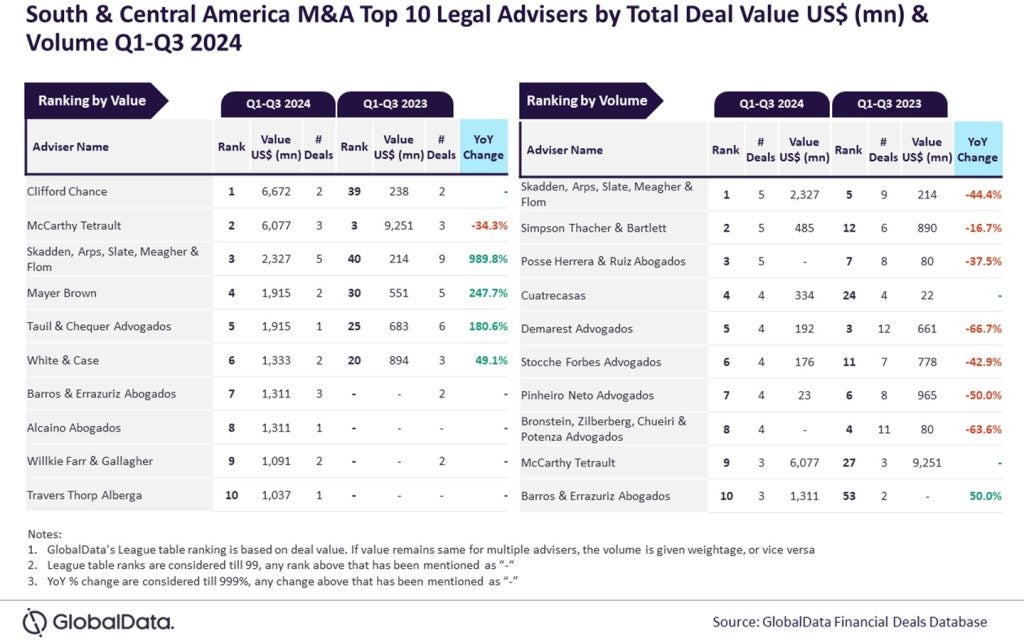Core banking is at the centre of the
banking experience. Retail Banker Interactive and Finacle from
Infosys hosted a webinar releasing research from Ovum highlighting
the key drivers behind banking transformation in Europe and
examined how to build the business case for core banking
transformation
Douglas Blakey, editor of Retail
Banker International; Daniel Mayo, practice leader of
financial services technology at IT consultancy Ovum; and Kishen
Kumar, associate vice-president at Infosys, participated in a
lively webinar on 28 February examining the latest market trends in
core banking.
It was the sixth in a series of webinars
presented by Retail Banker Interactive and Finacle from Infosys.
The webinar discussed how banks can best optimise their IT
investment with the aim of increasing customer penetration, while
avoiding the common pain points of core banking
transformation.
Mayo’s remit at Ovum covers the retail as well
as corporate banking sectors and financial market industries. He
specialises in core systems, payments and compliance, and IT
spending or investment trends across North America, Europe and
Asia-Pacific.
During the webinar, Mayo released exclusive
research commissioned by Infosys examining the latest trends in
core banking. Core banking is the central processing unit of any
retail bank.
How well do you really know your competitors?
Access the most comprehensive Company Profiles on the market, powered by GlobalData. Save hours of research. Gain competitive edge.

Thank you!
Your download email will arrive shortly
Not ready to buy yet? Download a free sample
We are confident about the unique quality of our Company Profiles. However, we want you to make the most beneficial decision for your business, so we offer a free sample that you can download by submitting the below form
By GlobalDataWith the help of the vendor community, banks
have the opportunity to leverage the branch and digital channels to
deliver optimised retail banking products and enable transactions
to take place.
Banks are crying out for improved efficiency
and productivity. In the mature markets in particular, the larger
retail banks have tended to be slow to replace creaking legacy
systems.
Often, it takes banks’ mergers and
acquisitions activity to accelerate plans to replace core banking
systems. A number of trends are emerging following the economic
crisis.
More and more banks are recognising the need
to improve their multichannel offerings, as they ramp up their
efforts to raise levels of customer service.
Banks are recognising the need to ensure there
is a consistency of service across the channels, including the
branch, ATM, call centre, online and mobile. By getting this
strategy right, banks can also accelerate optimum pricing
strategies, raise cost-sell ratios and speed up product
innovation.
The market perception has tended to the view
that it is the small to medium-sized banks in the mature markets
that are more likely to invest in new platforms.
The research from Ovum focused on a sample of
65 senior C-level executives across the European market. The
geography was segmented by bank locations in the Nordics (15%),
Western Europe (45%), Central and Eastern Europe (20%) and Southern
Europe (20%).
“I think one of the strategic differences
between this survey and the other surveys is that we very
explicitly, through a rather painful process, only spoke to C-level
executives,” said Mayo.
“We wanted to get a management boardlevel
perspective of what was happening in terms of business strategies
and how they would measure the effectiveness of their systems.
Overall, the focus was on the larger banking groups across
Europe.
“The key areas we were mainly looking at were
how a bank really includes its top-line growth, or how a bank would
like to restore the damage among its C-level.
“The damage had taken place both due to the
economic crisis and also due to the far more intense regulatory
requirements, particularly around capital adequacy demand and also
in terms of restrictions around bringing in a new productn to the
market,” said Mayo.
Mayo stressed that the research sponsored by
Finacle was carried out totally independently and the organisation
aimed to take a view from the business perspective rather than the
IT side, as well as get a feel from the executive perspective, as
to what the priorities in the current environment are.
The research also aimed at understanding what
the key business strategies are for banks.
The findings show that despite the economic
turmoil, global spending on retail banking technology is expected
to increase by 12% or 13 % – an increase of more than $3bn to hit
more than $30bn – over the next five years.
The growth, according to the research, will be
driven by the banks’ determination to check if the revenue it earns
can return to what it used to be pre-recession.
If banks are interested in investing in
customer technology to increase sales, they also need to invest in
parallel channel integration, the Ovum research suggested.
“If we ask about the business case for core
banking systems transformation, it is a strange question to ask in
the current environment and as we speak to C-level executives,”
said Mayo.
“At the moment there are a lot of pressures
across the banking industry with regard to regulation dealing with
the sovereign debt crisis and mainly the need to restore the
damage.
“Through a pretty tough economic outlook,
banks certainly need to start thinking about a core systems
project, which a lot of people will agree is with a relatively long
time frame with more money and risk.
“The other side of the coin is that the
financial crisis has resulted in a structural change to the banking
industry. One of the questions we are posing is: ‘Given there is a
structural change both in terms of regulation and in terms of
expected growth prospects, do banks need to make extra structural
change to their capabilities to adapt to the new environment?’
“That is a business case for transformation
and that is a pretty challenging thing to do because many of the
benefits associated with transformation – of more flexibility,
agility, and that kind of thing – are relatively not from a
financial perspective,” said Mayo.
The Ovum research focused on finding out where
banks stand in terms of their core systems environment.
“Most banks run their systems in-house. There
is a small proportion of banks within Europe that use outsourced
systems providers. It does vary by country but they in general tend
to be smaller banks.
“Most banks that we surveyed have a mixed
environment with a combination of in-house systems that has been
developed.
“There are a number of regional banks however
that use systems that are entirely developed in-house. The
proportion of those using packaged systems remains relatively quite
low,” said Mayo.
The research also delved into the difference
between those banks using packaged systems and those using prepaid
systems. The findings suggested banks that are using modern
packages are benefitting, as they tend to have “far more
enablement” around processes or around the customer satisfaction
side as they are “well aligned to the current systems policy of the
sector”.
An important question in the research was,
‘What are the key barriers to core systems replacement?’ with the
options being ‘lack of strong business case’, ‘insufficient
internal readiness or expertise to manage the transformation to
project’ and ‘complexity of technology implementation’.
Complexity of technology implementation
emerged as the most important issue, according to the research.
The survey respondents were asked to rank what
their key strategies and ambitions have been since the financial
crisis, in order to gain perspective about what banks are trying to
do to restore the equity levels and demand, and work through new
restrictions around lending and products.
Another question was: ‘Which of the following
is the most important strategy for your bank in the next three to
five years?’ with the options being ‘new customer acquisition
within new/ existing markets’, ‘increasing penetration into the
existing customer base by improving customer satisfaction/
launching innovative products’ or ‘managing inorganic growth’.
The responses indicated that bank executives
are more focused on increasing share of wallet in the current
economic climate. Respondents were asked to rank key areas that
were identified by banks as a prerequisite to improve
cross-selling.
Customer satisfaction and customer experience
came out on top, with process efficiency and product innovation
following. In the Nordics in particular, however, process
efficiently emerged as second most important.
At the end of his presentation, Mayo
reiterated that bank transformation is critical, particularly
keeping the financial environment in mind.
The second speaker, Kumar, said some of the
key points are similar to the trends that have been noticed by
Infosys in the global markets.
“Some of the key challenges in the business
areas that we see are somewhat similar to the research report that
has been presented. We have basically classified that into two
major themes: the revenue multiplication factor and cost
savings.
“For any transformation project or for any
business to get in to the area of putting up a new packaged system,
it needs to have a very strong business case to start with,” said
Kumar.
Some of themes that were looked at, by
Infosys, were in the areas of growth and innovation.
“Cost reduction of course is an important area
because that is where the whole concept of process and all the
process efficiency came in.
“In fact, that is directly linked to two
important areas: cost reduction, as an important aspect on your
balance sheet, and how can you improve customer service.
“The most important area is the area of risk:
the ability to take decisions and controlled risks – and
back-office operations along with compliance are some of the areas
that we looked at,” said Kumar.
Another important point that emerged from the
Ovum report, said Kumar, is the ability for packages to help banks
transform and innovate, adding that Finacle as an organisation, and
even Infosys, has always taken innovation to the market.
Kumar added getting a 360 degree view of the
customer is most important and multichannel integration of
operations is also essential.
A question and answer session followed the
presentations, during which an overwhelming number of listener
queries came in for the two speakers.
Among them, both the speakers were asked that
if the implementation of core banking transformation systems was a
major barrier, what advice would a retail bank need if it was
considering such a system replacement?
Kumar answered that there are four important
things to remember when it comes to core systems transformation:
people, process, systems and technology.
“When we look at transformation, what are the
key themes?” he said. “What are the business advantages you are
going to derive from the transformation? How is the transformation
going to affect your customers and business partners on the other
end?
“Also, what kind of operational efficiencies
are you going to derive out of the transformation?
“You look at two aspects of this. One aspect
is the revenue, and the there is the other aspect of efficiency
that banks need to look at for all, across the board.
“One of the things the Ovum report also said
is about developing a business case.
“So it is not as difficult as it seems if you
do a couple of things right and if you have most of the things you
need in place such as documentation, process, and touch points,”
said Kumar.
Another important point to take notice of,
said Kumar, is having an open mind and the right team to implement
the banking transformation, as the most “common roadblock” in a
change of system is the inability of people to accept change.
Mayo was asked if any findings of the research
really surprised him, to which he answered that in many senses the
findings coincided with what Ovum was expecting in the market.
Spot polls were conducted during the webinar.
One question for the spot poll was ‘which of the following is the
most important strategy for your bank in the next 3-5 years?’.
The options that the listeners were given to
choose from are: new customer acquisition, increasing customer base
and other. Customer acquisition got the highest listener votes
followed by increase in customer base.







